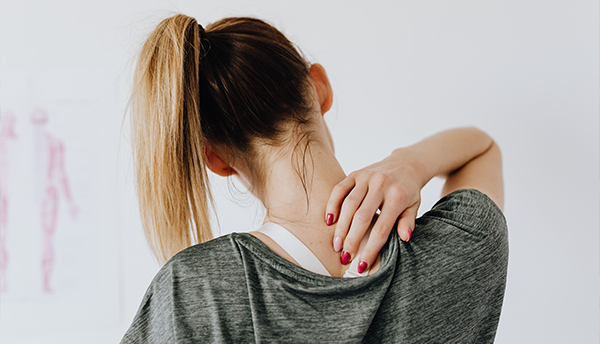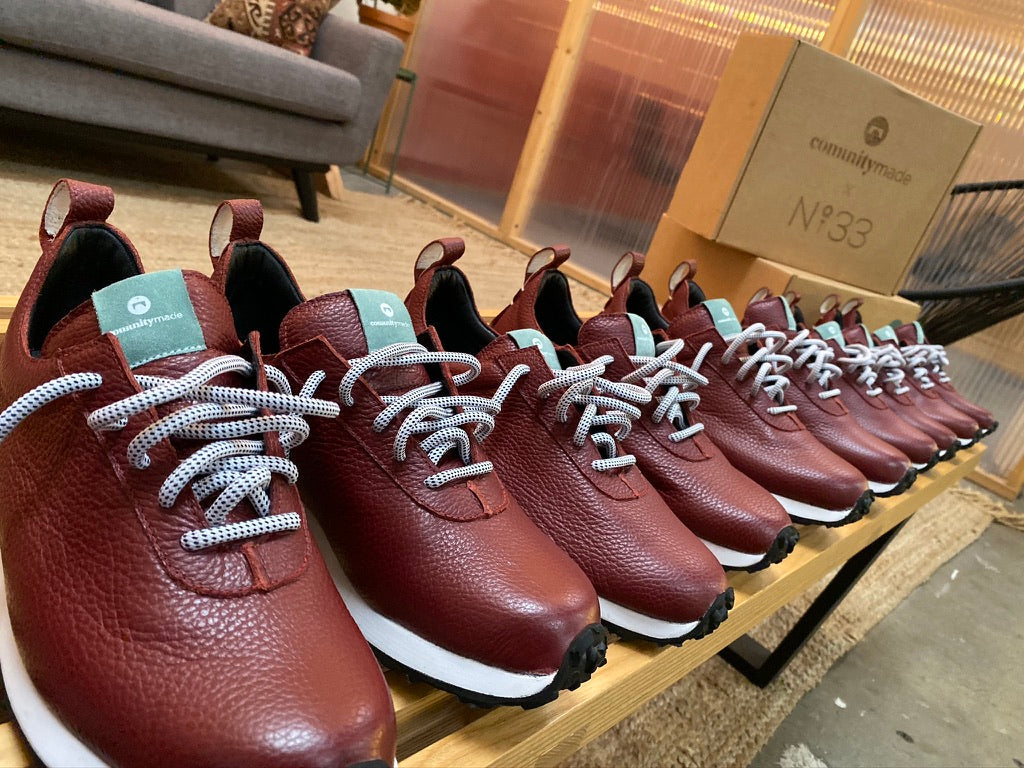
Back Pain Doesn’t Always Start In Your Back

According to the National Institute of Neurological Disorders (NIH), there are many risk factors and causes of back pain. Sciatica is one of the most familiar. This painful condition (also called radiculopathy) features either a burning sensation or shock-like pain that runs through the buttocks and down the back of one leg. Sciatica involves a bundle of nerves, and these are often irritated by a foot condition called plantar fasciitis. It’s easy to spot someone with plantar fasciitis. One of their heels hurts so much that they will avoid putting their full weight down on it when they walk. This kind of pain will change your gait and how you stand. Left untreated, if you’re walking or standing a lot during the day, plantar fasciitis can lead to lower back pain.
When it comes to biomechanics, everything is connected. It’s almost like that nursery song, “Your foot bone’s connected to your leg bone – your leg bone’s connected to your hip bone – your hip bone’s connected to your backbone.” How you walk, how you stand, and how your feet support your weight are important to your overall biomechanical health. Unfortunately, most people don’t notice anything until one pain leads to another and eventual back pain.
The Facts About Your Feet
- Each one of your feet has 26 bones. Together that’s 52 bones, and that’s one-quarter of all the bones (206) you have in your body.
- Each foot contains a vast network of intertwined ligaments, muscles, and over 100 tendons.
- Every step you take places 1.5 times your body weight on your foot. Let’s do the math. According to the National Center for Health Statistics, the average weight for men is 199.8 pounds. For women, the average weight is 170.8 pounds. The average person walks 5,000 to 7,000 steps a day. So, 1.5 times 199.8 pounds times 5000 steps equal 1,498,500 – that’s almost 1.5 million pounds every single day!
- It’s estimated that the average person will walk 100,000 miles over a lifetime. At an average of 2,000 steps per mile, the amount of pounding your feet will take is staggering.
- People forget about their feet. How many of us think about overall body health when it’s time to buy shoes?
What Can Go Wrong With Your Feet
- METATARSALGIA - This condition affects the ball of the foot and causes inflammation and pain.
- NEUROMA – A non-cancerous growth of nerve tissue that causes tingling, numbness, or a burning sensation between the 3rd and 4th toes.
- PLANTAR FASCIITIS – The plantar fascia is a ligament that connects the heel bone to your toes and, most importantly, provides arch support. If this ligament is strained, it can become swollen, irritated, and weakened, making it painful and difficult to walk.
- HEEL SPURS – This is an abnormal growth on the bottom of your heel bone. According to WebMD, you can get them by wearing the wrong type of shoes, especially the wrong type of running shoes.
- CORNS / CALLUSES / HAMMERTOES – When it comes to dress shoes, you don’t have to torture your toes to look good. The wrong shoes can aggravate improperly balanced muscles in your feet and irritate the skin on the top of your toes and the bottom of your feet.
- FLAT FEET / FALLEN ARCHES – Some people are born with flat feet and often resort to custom orthotics for pain relief. Other people are born with high arches, but over time, without the right kind of support, their arches can fall. Slip-on sandals every now and then are convenient, but wearing them every day might not be good for your feet.
What Wear Patterns On Your Shoes Can Tell
- OVERPRONATORS – If you’re one of these people, most of the wear will be on the inside edges of your shoe in the heel and toe area. Possible problems that can develop are soft tissue damage and tendonitis.
- SUPINATORS – With these people, it’s the opposite. Most of the wear takes place on the outside edge of the shoe. Possible problems that can develop are stress fractures and IT band syndrome.

You already know a great pair of shoes can help you look good. What you might not realize is that a smooth and well-balanced heel-to-toe gait can help you look more confident when you walk into a room. There’s no need to choose between good health and good looks. You can have both with a hand-made custom pair of shoes.
Now, if only there were a place where you could get them – ideally, located nearby in the Los Angeles area. Come visit us! We manufacture all of our extremely comfortable shoes in our DTLA shop built off of our proprietary last for the best fit possible!


